|
When one hears the word “Musha Shugyo”, a landscape where strong samurai traveling exclusively in search of worthy opponents and “dojo-yaburi” or honor matches comes to mind.
But… this image lives only in the minds of people today and bears no resemblance to the reality for those who undertook it. The name literally means “the warrior’s training sabbatical”. It was the time we like to imagine that every young samurai would put his skills to the test. Historically, the real objective of most of these journeys was; • Self-promotion (looking for job opportunities) • Intelligence (Spying) It is said that the first Musha Shugyo in Japan was done by a man from the Chugoku region of Japan. His name was Yamauchi Gembei. It is certain that since about the time he started his Musha Shugyo, many warriors soon began this practice throughout Japan too. After the battles of Onin no Ran (1467 to 1477), many areas were disturbed with skirmishes and violence. Many lords fell from grace and their samurai became “Ronin” or wandering samurai with no lord to serve. They were all looking for work and started to travel in order to find it. If a battle took place while on the road…all the better. It was considered a good opportunity. They even often joined in the ranks of “Jingari” 【陣借り】or those who joined armies to fight for food. Usually with the hopes of getting noticed by the lord and being taken into the upper ranks. Today these kinds of men are called mercenaries. Also, the samurai traveled not just for travelling’s sake. They did so while investigating the topography of each area, the situation of the Daimyo’s castle and family, the state of the vassals, the number of weapons and ammunition, etc. Unfortunately, it seems that there were many samurai who earned money by merely providing information. The kind of information necessary for studying the strength and weaknesses of neighboring countries. At this point it was only money they usually cared about. In other words, some had become merchants of information. It is also said that many samurai would take their servants while on their “Musha Shugyo” so it appears if you came from a strong “Daimyo” or feudal lord, they lived life well on this journey. I once read that Akechi Mitsuhide lived the first half of his life as a “Ronin” then served the Echizen Asakura family. But later to betray his lord at Honnoji???? In relation to our Togakure Ryu Ninjutsu history, it is said that Yamamoto Kannsuke also traveled to various places in the country studying martial arts, never to lose a match. He also studied architecture and art during his personal “Musha Shugyo”. He is considered by historians to be very well educated for his time. In summary, the “Musha Shugyo” was a samurai warrior's quest. The warrior or shugyōsha, would travel the land practicing and sharpening his skills without the protection of his family or clan. During this time they could expect to train with other schools, have duels, perform bodyguard or mercenary work, and search for a worthy daimyō to serve. Comments by the author on the essay post script: Just for clarification, after lots of digging, the Fujibayashi family chronicles from the early to mid 1600’s say that, on the order of Takeda Shinden, Fujibayashi Nagato no Kami taught Yamamoto Kansuke the art of Ninjutsu. It does not mention a Ryu name. Japanese historians and researchers have inferred that it was Togakure Ryu because the Fujibayashi family came from Togakushi village and brought the Kami from Togakushi shrine to Iga. They built the Tejikara Shrine in Yubune, Iga to house the Kami once it was brought there in elaborate ritual. The Fujibayashi clans lineage of Togakure Ryu was famous for fire and smoke skills as well as explosives. Here it mentions that 戸隠流忍術を山本勘助より秘伝された藤林長門守は、火術、火筒、狼煙などの忍術が得意であったと伝わる。The Togakure Ryu, especially fire, smoke and explosives related skills were taught to the man who wrote the Bansenshukai (Fujiwara) by Yamamoto Kannsuke. http://www.ninja-museum.com/ninja-database/?p=1310 Here is a link to the fireworks festival from the shrine that the Togakure Ryu Fujibayashi family built. https://youtu.be/cBRjUhZuPjY
1 Comment
I encourage everyone to check out this contest and the company, the owner, Shannon Julius Mcdowell, is a friend and I want their company and competition to be successful. These are some great clothing designs with ninjutsu and Bujinkan themes!
https://upvir.al/ref/gP21925697 Here is another interesting article on Ninja from researcher Sean Askew. Anyone participating in martial arts should take interest in their health and keeping their body healthy. Please enjoy this essay on Iga and Koga medicinal arts: It is said that the Shinobi of Iga and Koga were very knowledgeable about medicinal herbs and toxic grasses. They are even supposed to have been specialized in the detection and research of toxic ingredients for judicial inquiries and autopsies! When dealing with modern western medicines we can know the ingredients at once, but with herbal medicines it is truly difficult to understand what the active ingredient is and at times can be very mysterious. The active ingredient of the plant or herb in “Kampo” or Chinese medicine recipes is often unknown. Historical documents tell us that many ninja became merchants of medicines, travelling the country selling their goods. It is without a doubt that they were well versed in the knowledge of medicinal herbs and poisonous plants. In the Koga (Koka) area there have been many pharmaceutical companies since the beginning of the Edo Period in 1603 so researchers at the local Iga Ueno University are now paying quite a bit of attention to the relationship between Iga/Koga ninja and Japanese medicine. However, just because the ninja was very familiar with the knowledge of herbal medicine, does not mean that pharmacology was more developed in Iga and Koga because of them. Medicine became popular there because a wide variety very strong medicinal herbs were naturally found there. The herbal tradition of the Iga and Koga area is said to long predate the history of ninjutsu. While historically ninjutsu was a totally comprehensive martial art for survival including skills such as swordsmanship, magic, fire arts, astronomy and so on. Pharmacology would definitely have been one of the standard arts. In the martial arts it is necessary to maintain a healthy body, so medicine was critical to correct injuries and diseases. Obviously, poisons can be used on missions for assassinations or even used to manipulate people. The regions of Iga and Koga which produced a lot of the historical ninja were also close to the old capital. So, information was easy to obtain, yet they were surrounded by mountains and difficult to attack. Medicinal herbs and poisonous plants still grow in great abundance to this day in these areas. The very famous Mochizuki family of ninja descent still runs their own pharmacy today in Koga. In the field of pharmacology, the Chinese have a long history of research and experimentation. It is said that the Chinese sage Shennong ate every kind of flower to verify its efficacy, and compiled one of the world 's oldest books, "Shennong’s Classic on Herbal Medicine" (神農本草経). In it he divided herbs and plants into 3 categories: Non-toxic long-term ingestion medicine Poison-resistant curing medicine Diarrheal drugs that are strongly poisonous and impossible to take long term He classified all the plants and herbs which were later to become the drugs and poisons of future generations. At this time, Japan was still in its “Kofun” period (250 ~ 538 AD), and does not have the pharmacology history that China can boast. But when looking at the connection between the ninja and the Shugenja, it is easy to understand that Chinese arts, sciences and culture were usually brought to Japan from the continent by Buddhist monks and then spread among the lay people of the areas they preached in. In the Koga area, ninja used to say “Doku ni mo nari eru yojo-yaku” (毒にもなり得る養生薬). This means that poisons can at times also be medicine. The origins of the classification of poisons and medicines began with the rule that a grass can work advantageously for a person and cause positive health effects while another grass can cause negative health effects or even death. I hope this may have peaked your interest in the relationship between the ninja and herbal medicines. Sean Askew Bujinkan Kokusai Renkoumyo 8/16/2018 Note the sign for the Koga pharmaceutical company has the Mochizuki family "Mon" or crest on it.
I am going to use our blog space to start sharing some research done by Sean Askew. His research has been fascinating, and has been dug up as part of a book he is writing called: The Hidden Lineage. Look for it coming out in the next few months. The book is on the history of Toshitsugu Takamatsu's grandpa, Shinryuken Toda and the Togakure Ryu Ninja, our primary school of ninjutsu in the Bujinkan. I'll post a link once it is available for those who want to own a copy. Please enjoy this essay by Sean Askew, posted with his permission.
Fujibayashi Nagato no Kami & Momochi Tanba no Kami Along with the infamous Hattori Hanzo, Fujibayashi Nagato and Momochi Tanba are the three most well-known shinobi commanders or “Jonin” (上忍) of the mountainous land of Iga. Today I would like to discuss why I believe there is a strong connection between the Bansenshukai manuscript and the Togakure Ryu. The trail of evidence is stronger than most would like to believe, and many will just say it is fantasy. But… here we go!!! I am going to take you on a ride into the history of some of the most secretive Japanese families that ever lived. As many already know, Hatsumi Soke and his Master, Takamatsu O-Sensei were called upon in the early 1960’s to help with historical consultation and choreography for the cinema movie “Shinobi no Mono”. This fictional novel by Murayama Tomoyoshi that was later turned into a movie by the renowned Director, Yamamoto Setsuo, was so well done it caught the attention of many Japanese ninjutsu historians. In this story, it ends up that all the “shinobi” or ninja that were being used and or manipulated in the plot were all being controlled by one person. That person was no other than Fujibayashi Nagato AND Momochi Tanba. The two were one person. Now you may question, what does this have to do with factual history??? Well, Murayama San did his research before writing his novel and learned that Okuse Heishichiro, the founding Director of the Iga Ueno Ninja Museum in Mie, had discovered some incriminating clues that these two commanders may actually be one and the same person, and if not... the connection is definitely extremely close. One of the clues lies in the historical posthumous Buddhist death names at the graves of these two identities. Fujibayashi’s grave at Shokaku Temple (正覚寺) in Ayama district is inscribed with the name 【本覚深誓】 and at Shoun Temple (青雲寺) in Houjiro the temple’s death records show Momochi Tanba’s Buddhist death name as being 【本覚了誓】. Now notice the two characters (深) and (了) are different in the two names, both holding the third character position in the name. This may not seem like much to the layperson but in the culture of Iga, where these ninjas were born, raised, fought and died there is a special custom for adopted family members. The adoptive family would build a grave and then the real family of that person would have what they called a shadow grave or “Kagehaka” (影墓) with only one of the characters in the name being different from the other grave. Furthermore, there is other circumstantial evidence backing this idea of them being the same person. First is that the families of Hattori, Fujibayashi and Momochi had many deep connections with each other. Second is that ninja families had a custom of often separating the family and keeping multiple households under various names. And finally, there is also the mysterious reason why we see no mention of Fujibayashi’s activities during the battle of Tensho Iga no Ran. Momochi Tanba fought valiantly until the end (although a body was never found). strangely we also see no action taken on Fujibayashi’s part, he simply disappeared during the whole invasion of his homeland. Now, this is not 100% confirmation that Fujibayashi and Tanba were one and the same but it sure is starting to look that way. Later I will present another piece of evidence that may tip the scales even further… But before that, I would like to mention that after the battle of Tensho Iga no Ran, Momochi Tanba is thought of as being killed in action but no dead body was ever recovered. He was supposed to have been engulfed in fire with castle walls crumbling down on him. But... Fujibayashi went on to become credited with founding the Kishu Negoro Ryu of ninjutsu, also known as the Natori Ryu and the Kusonoki Ryu. It is interesting to note that in the Nobunaga Chronicles (信長公記) written after the battle of Tensho Iga no Ran that Oda Nobunaga was aware that some ninja had escaped to the areas then known as Yamato and Kishu. At that time the Negoro Temple in Kishu was opposed to Oda Nobunaga and his invasion of Iga. So, it was a place that welcomed many of the ninja families that had escaped Nobunaga’s treacherous invasion. As Hanzo, Fujibayashi and Momochi were all commanders of many ninja in the Iga area and it was tradition for ninja to act in groups as one individual it is likely that we know nearly nothing of what really happened. As Hanzo himself later in life wrote, anything you know about these men is after the fact and most likely fabrications. But when a ninja historian such as Okuse Heishichiro states that they are the same individual it makes you want to listen up. Now for the other evidence that will sum up this essay and leave it to you to decide what you think is or is not real regarding the history of the Togakure Ryu. Fujibayashi Nagato no Kami himself, as stated in the Fujibayashi Yuishogaki, acknowledged that he taught Togakure Ryu Ninpo and Ninjutsu to Yamamoto Kansuke. If that is the case, and if Fujibayashi and Momochi are indeed the same person, it all makes perfect sense. Five generations of the Momochi family are recorded by Takamatsu O-Sensei as being the headmasters of our Togakure Ryu, Gyokko Ryu and Koto Ryu. Momochi Kobei – 22nd generation Soke of the Togakure Ryu Momochi Sandayu – 15th generation Soke of the Gyokko Ryu, 5th Generation Soke of Koto Ryu Momochi Sandayu II – 16th generation Soke of the Gyokko Ryu, 6th Generation Soke of Koto Ryu Momochi Tanba Yasumitsu – 17th generation Soke of the Gyokko Ryu, 7th Generation Soke of Koto Ryu Momochi Taro Saemon – 18th generation Soke of the Gyokko Ryu, 8th Generation Soke of Koto Ryu Therefore, it makes a lot of sense that Momochi was Fujibayashi and after escaping the invasion left his identity of Momochi as being dead. He moved on and continued to live as Fujibayashi until old age. But who is to say what happened to the other Momochi family members who later passed their arts on to the Toda family and later to the whole world through the Bujinkan. Later the descendants of the Fujibayashi family compiled all of the ninjutsu knowledge they had into the famous book “The Bansenshukai”. It is stated by the Fujibayashi family that the portion on explosives and gunpowder is mainly based on the teachings of the Togakure Ryu. I hope this inspires you all to reconsider what it is we are looking for as evidence of the Togakure Ryu and our claimed lineage. I think it is very fair to say beyond a shadow of a doubt that the Togakure Ryu was a historical entity. We have a document from the 1600’s in the Fujibayashi family’s own hand stating that they learned Togakure Ryu. Now the investigation continues into the Toda family and the location of Shinryuken’s grave… Sean Askew Bujinkan Kokusai Renkoumyo 9/8/2017 |
AuthorShane Sensei is a licensed Shidoshi in the Bujinkan and member of the Shidoshi-Kai. He has trained in the Bujinkan since 1998 and regularly travels to Japan for training. Archives
February 2024
Categories |
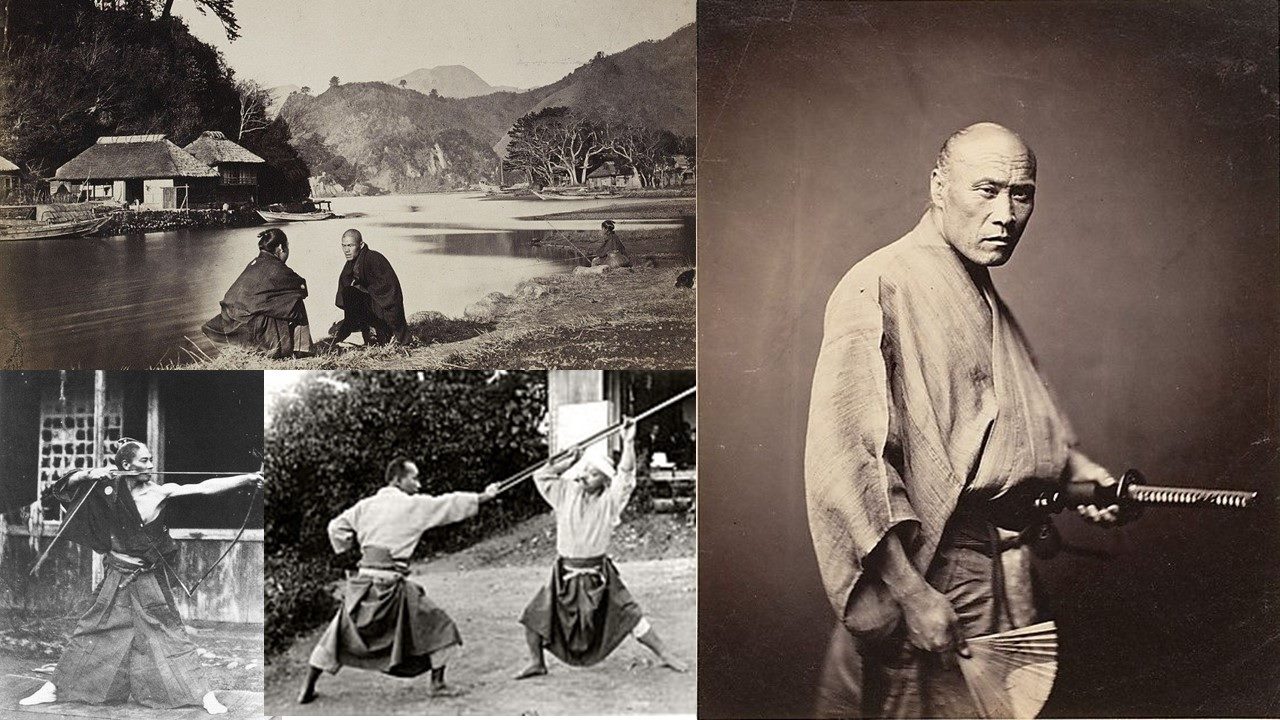
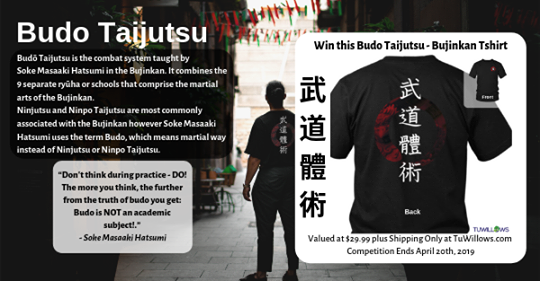
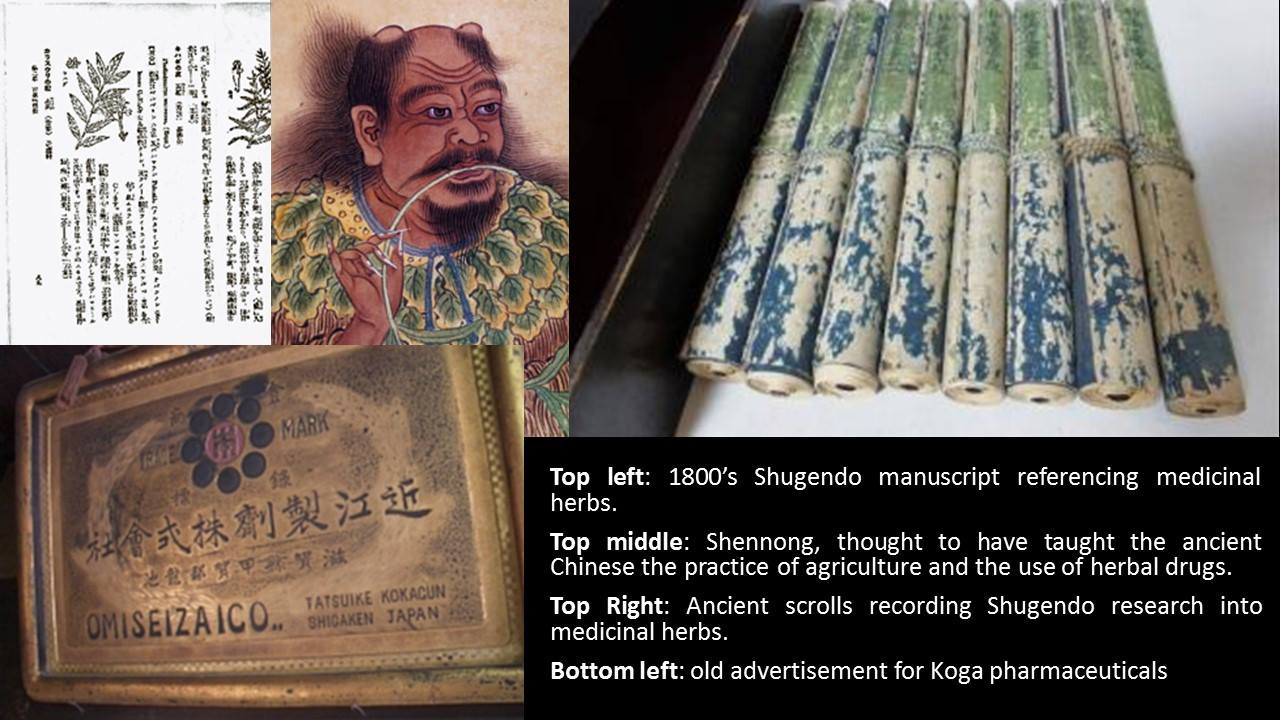
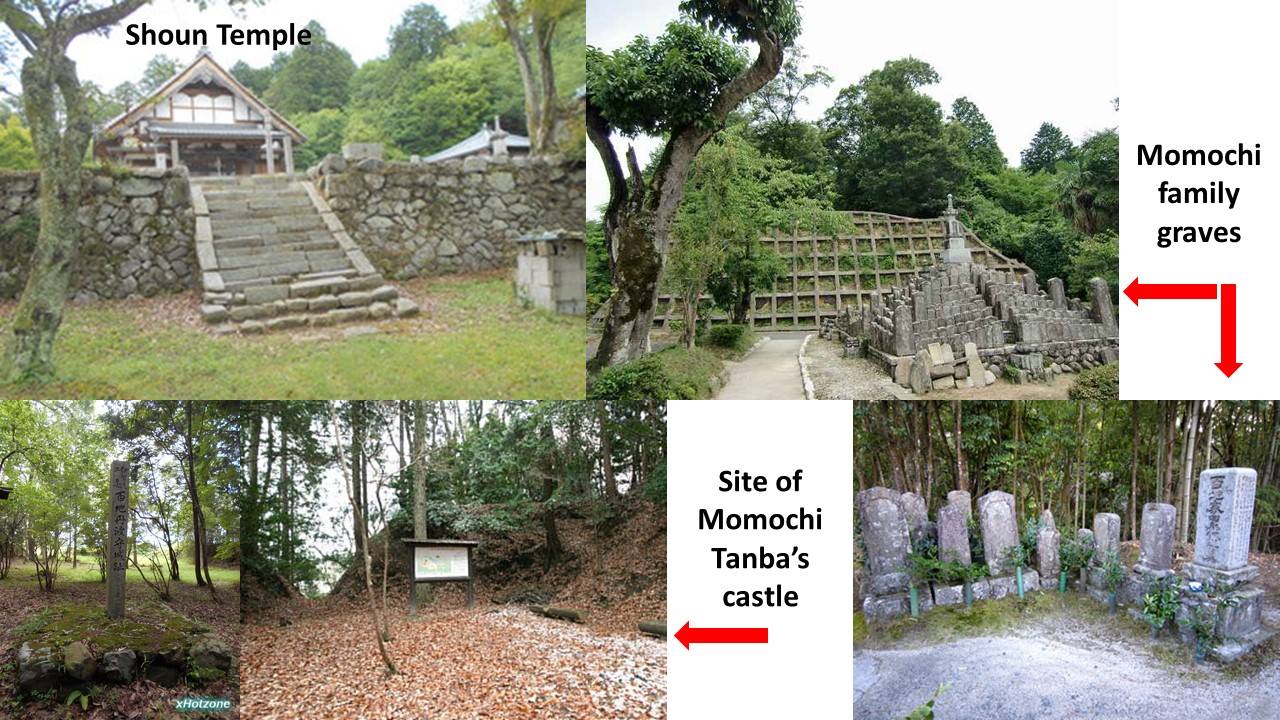
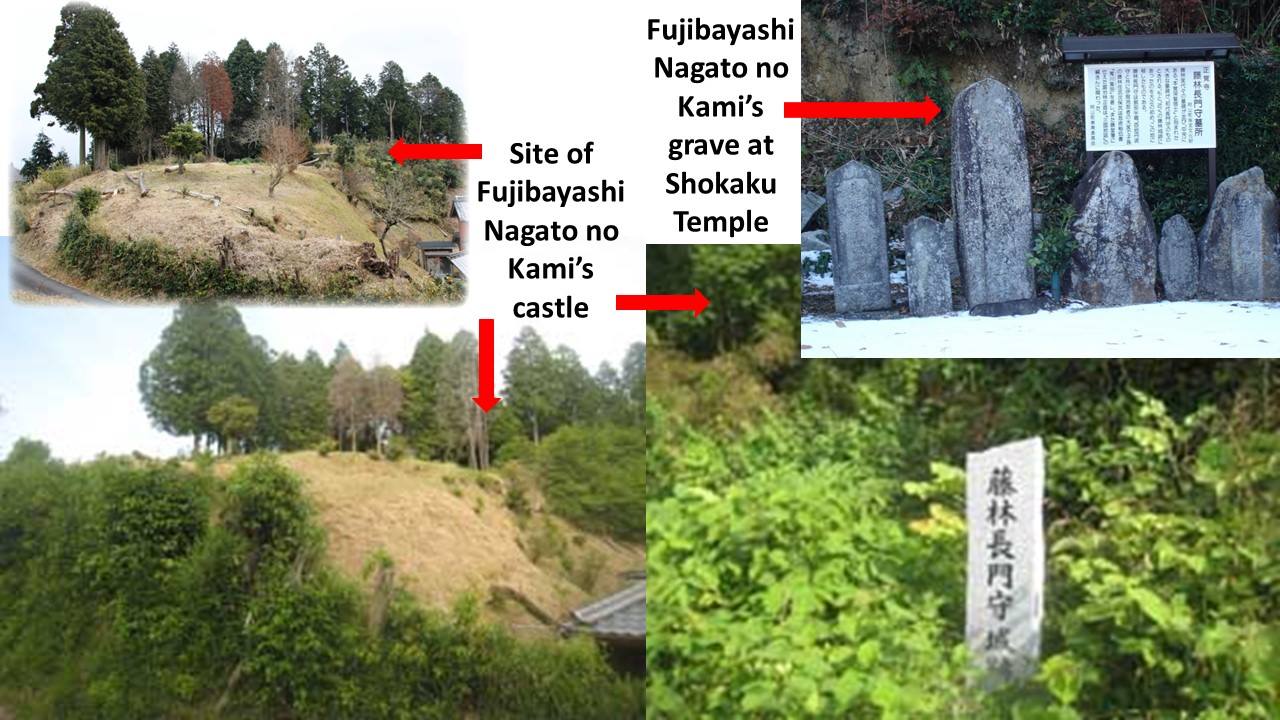
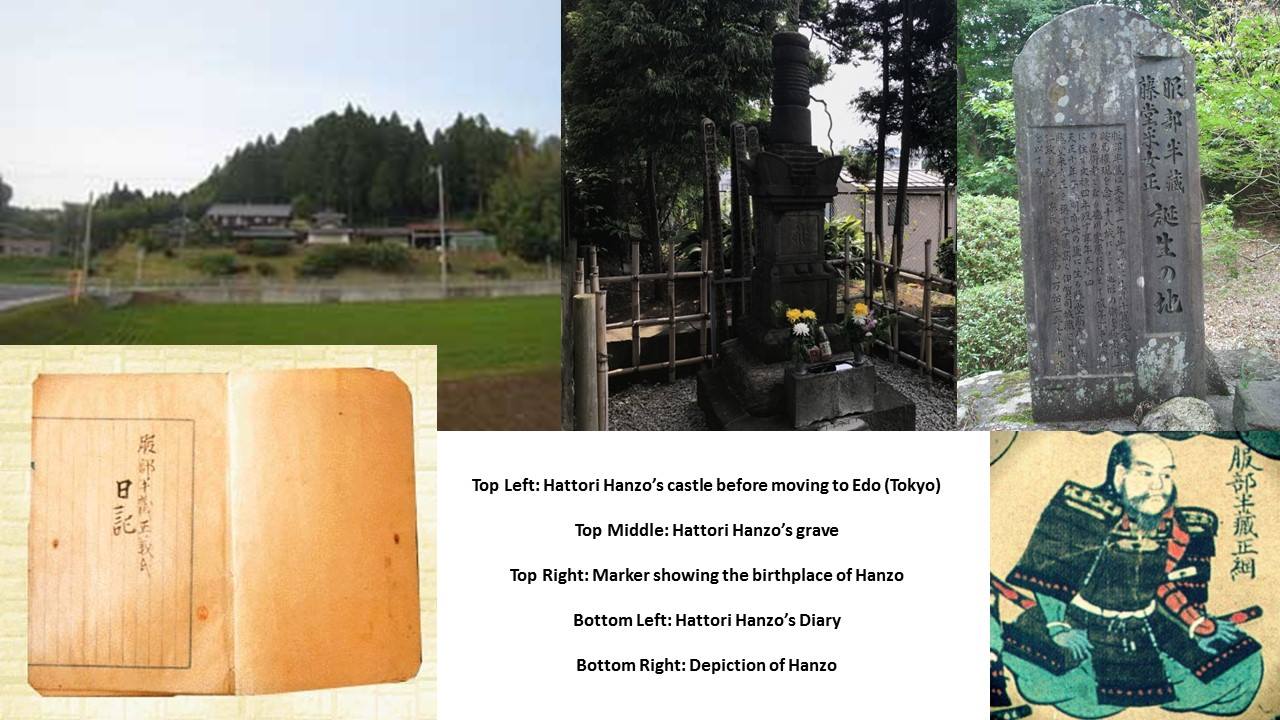
 RSS Feed
RSS Feed